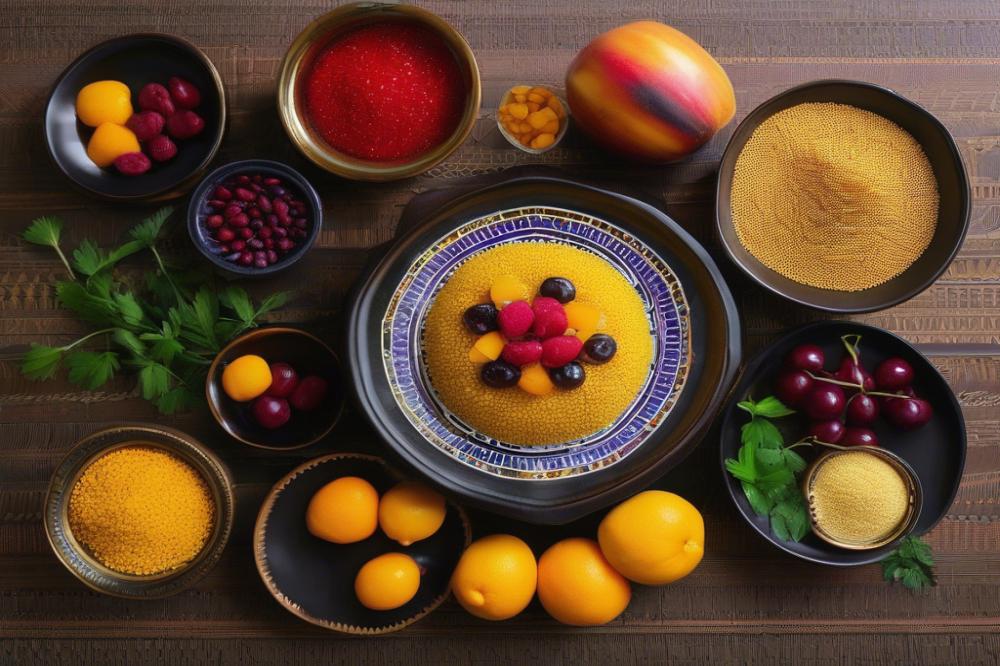Exploring the Sweet Flavors of Egyptian Sweet couscous
Egyptian cuisine showcases a wide array of flavors and ingredients that reflect its rich history and cultural diversity. From bold spices to fresh vegetables, each dish tells a story of the country’s heritage. Traditional recipes vary significantly across regions, often combining influences from Africa, the Middle East, and Mediterranean countries.
Sweet dishes hold a special place in Egyptian culture. They are more than just treats; they symbolize hospitality and celebration. During festivals and gatherings, Desserts often play a crucial role. Family and friends gather to share delicious sweets, forging connections through food.
One delightful example of a traditional dessert is Egyptian Sweet couscous. This dish combines fine grains with sweet ingredients like honey, raisins, and almonds. Cooked to achieve a light texture, it embodies the sweetness that Egyptians cherish in their culinary endeavors. The use of spices in this dish elevates it even further, creating a harmonious blend of flavors that is both comforting and satisfying.
Egyptian Sweet Couscous
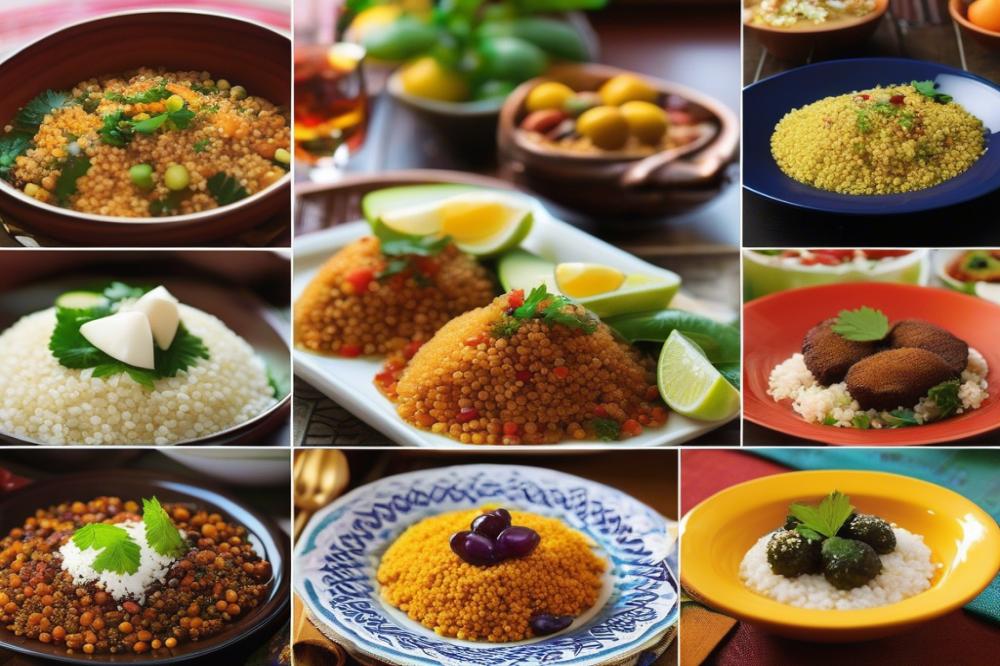

Egyptian Sweet Couscous is a delightful dish found in Middle Eastern Desserts. Unlike the savory versions of couscous common in many dishes, this sweet variant offers a distinct flavor profile that stands out in Egyptian cuisine. Traditional recipes often incorporate ingredients like honey, spices, almonds, and raisins, making it a favorite during special occasions.
Several key aspects differentiate sweet couscous from its savory counterparts. In savory preparations, couscous frequently serves as a base for meat or vegetables. Sweet dishes, on the other hand, transform this staple grain into a dessert that is rich and flavorful. The addition of dried fruits and nuts gives it a texture and taste that is both satisfying and pleasing.
Cultural heritage plays a significant role in the importance of sweet couscous. During family gatherings and celebrations, this dish often takes center stage. It symbolizes hospitality and the joy of sharing meals with loved ones. Eating it during festive occasions highlights its value in bringing people together. Festivals and family events are often incomplete without this cherished dessert, showcasing its special place in Egyptian culture.
Ingredients and Cooking Instructions
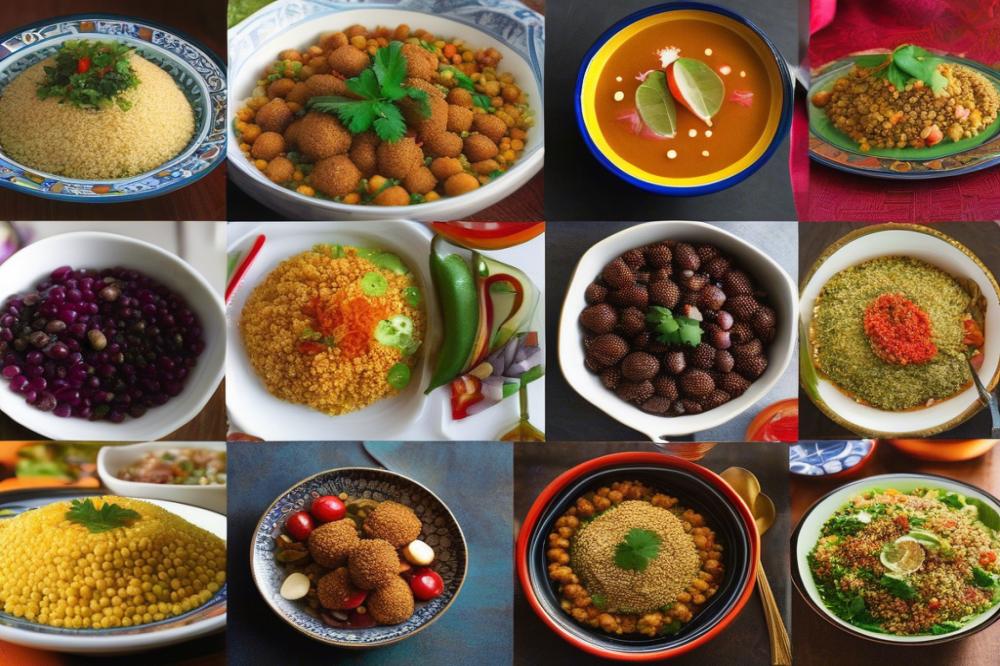

Ingredients List with Quantities
To prepare this delightful dish, gather the following ingredients:
- Couscous: 1 cup
- Water: 1 cup
- Sugar: 1/4 cup
- Honey: 1/4 cup
- Raisins: 1/2 cup
- Almonds (sliced or whole): 1/3 cup
- Ground cinnamon: 1 tsp
- Butter: 2 tbsp
Cooking Method
Start by preparing the couscous. This can be done by steaming or boiling it in water. Once the couscous is cooked, it’s time to mix in the sweet ingredients. Add the sugar, honey, and ground cinnamon. Stir gently to combine the flavors.
After mixing, fold in the raisins and almonds. These add texture and a delightful sweetness to the couscous. This dish can be served warm or at room temperature, making it versatile. Sweet dishes like this one showcase the charm of Egyptian cuisine.
Spices enhance the overall flavor profile. Consider variations by adding different nuts or dried fruits. These traditional recipes reflect the rich cultural heritage of Egypt. This dish is a perfect example of Middle Eastern desserts that balance sweetness and texture.
Nutritional Information
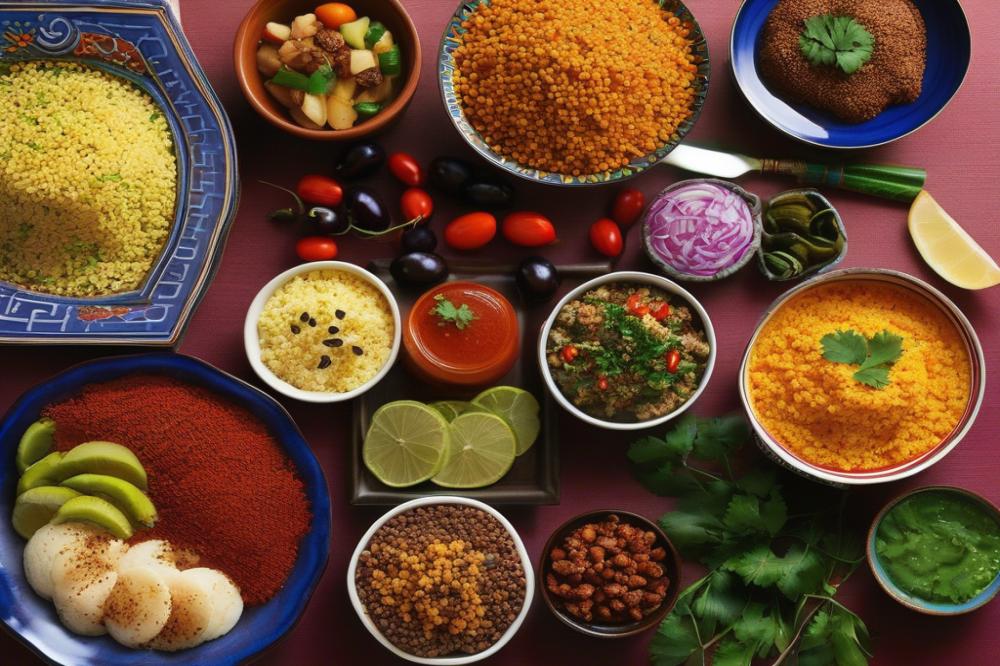

Understanding the nutritional content of sweet couscous requires a closer look at its ingredients. Couscous serves as the main component, providing carbohydrates for energy. It is made from semolina wheat, offering a modest amount of protein as well.
Almonds, often included in sweet dishes, are excellent sources of healthy fats. They also contain vitamin E, which is beneficial for skin health. Consuming almonds can support heart health due to their ability to lower cholesterol levels.
Raisins add a touch of natural sweetness. These dried grapes are rich in iron, which is important for blood health. They also provide dietary fiber, promoting good digestion. The sugar content in raisins offers a quick energy boost, making them a popular choice in Middle Eastern desserts.
Honey is another key ingredient in many traditional recipes. This natural sweetener is not only flavorful but also has antimicrobial properties. Using honey can enhance the overall taste while providing additional health benefits.
The spices commonly used in Egyptian cuisine, such as cinnamon and cardamom, also contribute to the health aspects of the dish. Cinnamon may help regulate blood sugar levels, while cardamom has been linked to improved digestive health.
Incorporating sweet couscous into meals can be a delightful way to enjoy dessert without excessive calories. This dish provides energy from carbohydrates while offering protein and healthy fats from nuts. The combination of these ingredients can fit well into a balanced diet.
Enjoying sweet couscous opens a door to cultural heritage. Trying different flavors from traditional recipes can deepen one’s appreciation for Middle Eastern cuisine. Sweet couscous stands out as a delicious option that combines both taste and nutrition.
Exploring Flavor Variations
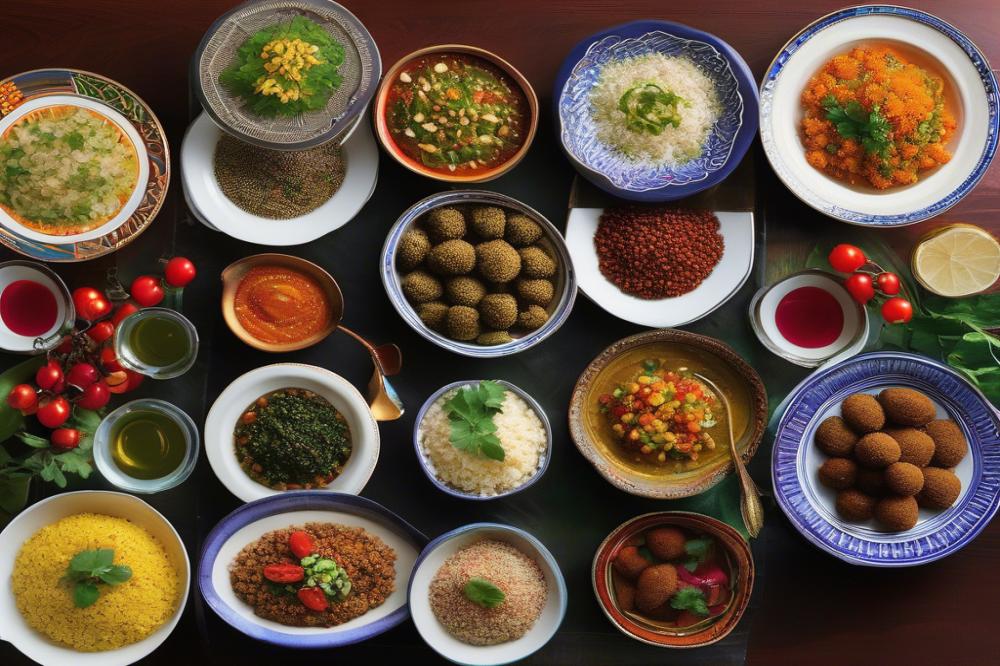

Within Egyptian cuisine, variations of sweet couscous highlight the diversity of flavors and ingredients often utilized in traditional recipes. Each region has its own signature twists on this dish, allowing for experimentation. Regional differences in preparation methods contribute to varying sweetness levels, keeping this delicate dessert intriguing.
When considering possible ingredient substitutions, dried fruits take center stage. Commonly used options include raisins, apricots, and dates, enhancing both texture and taste. Adding spices like cinnamon or cardamom is common too, making the couscous fragrant. For a delightful crunch, almonds and other nuts can be included, creating a satisfying contrast. The sweetness often comes from honey, which blends well with the other flavors.
In different areas of Egypt, cooks may prefer adding a specific type of fruit or adjusting the amount of sweetness based on local tastes. For instance, some regions may favor a richer, sweeter profile, while others opt for a more subtle touch. This landscape of flavor not only creates a unique experience for diners but also reflects the cultural heritage of the region.
Those looking to recreate sweet dishes at home can find joy in the variety. By mixing and matching ingredients, one can craft a personal version of the dish. Embracing local fruits or spices can yield exciting results that still respect the essence of Middle Eastern desserts. Each exploration offers a new opportunity to enjoy a beloved classic in a different light.
Cultural Context and Enjoyment
Serving Egyptian sweet couscous often happens during family gatherings and festive occasions. Families gather around the table, sharing laughter and stories. It is a common dish for celebrations, such as weddings, holidays, and religious festivals. In these moments, the couscous brings everyone together, fostering a sense of community.
The preparation of this dish includes a mixture of spices and flavors that enhance its taste. Spices play a significant role in Egyptian cuisine, bringing warmth and depth to sweet dishes. Cinnamon, cardamom, and nutmeg are frequently used, creating a delightful aroma. Sweet ingredients, such as honey, almonds, and raisins, add layers of flavor to the couscous. These additions do not merely sweeten the dish; they also contribute to its rich cultural heritage.
Throughout the Middle East, personal anecdotes about sweet couscous often highlight its importance in family traditions. One family may recount how their grandmother used to prepare it every Friday night. Another story might bring to light how children were always eager to help in the kitchen, measuring out ingredients and stirring the pot. In many communities, sharing this dish reinforces bonds between generations. Recipes could vary slightly, revealing the diversity within Egyptian recipes.
In addition to traditional recipes, variations exist that reflect local tastes. Some might include coconut or dried fruit as a twist on the classic dish. Each community boasts its unique touch, making the experience of enjoying sweet couscous personal and memorable. When people gather to enjoy this dish, it creates not just a meal but a cherished tradition that lasts for years.
Wrapping Up the Sweet Journey
Recapping the significance of sweet couscous in Egyptian cuisine reveals much about the country’s rich culinary traditions. This dessert, with its warm spices and sweet flavor, serves as a symbol of hospitality and celebration. Families often gather around it during special occasions, reinforcing social bonds and cultural identity. By sharing this dish, communities continue to pass down cherished recipes and stories, keeping the heritage alive.
Trying out a sweet couscous recipe at home can be a delightful experience. This dessert is not just a treat; it offers a glimpse into a different way of life and a unique flavor profile. Exploring new recipes can be rewarding, creating moments of joy in the kitchen. Don’t hesitate to experiment with the ingredients. Every bite can transport you to a bustling marketplace in Cairo or a family gathering, enhancing your appreciation for the culture.
Final thoughts bring to light the necessity of preserving traditional Middle Eastern desserts. As globalization influences food practices, it becomes vital to embrace these age-old recipes. They hold stories and memories worth savoring. Enjoying these sweets fosters understanding and respect for diverse cultures. Sharing such dishes can bridge gaps between generations and communities, reminding us of our common humanity. So, prepare a batch, gather your loved ones, and indulge in a taste of history together.

